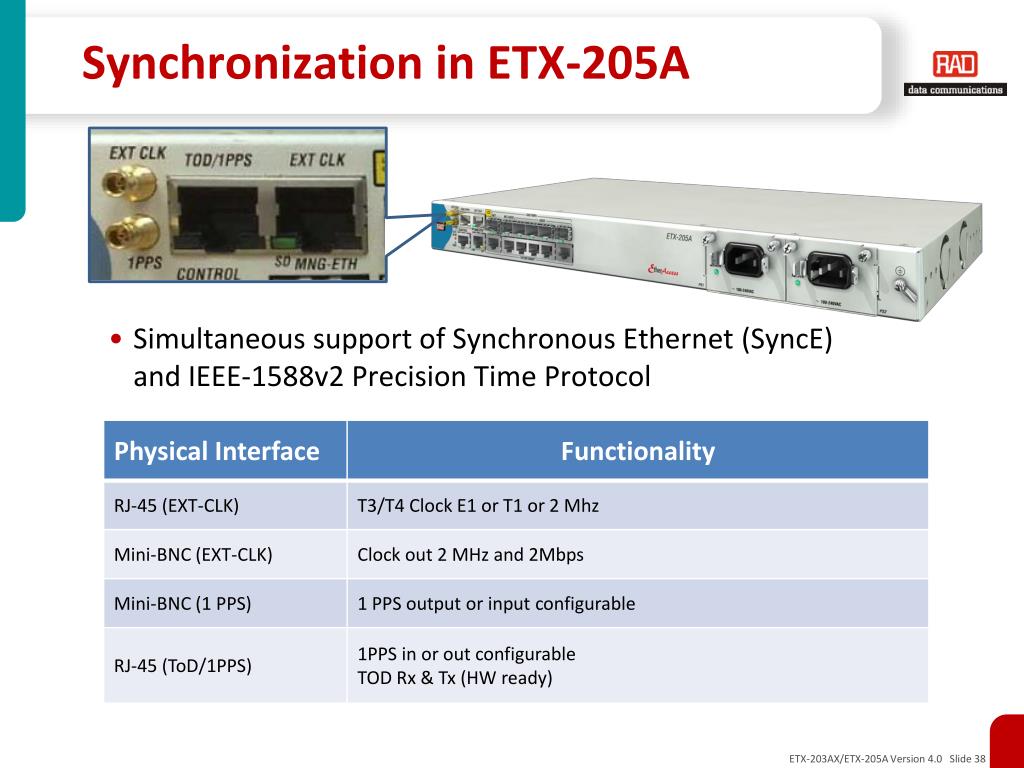

There are lots of perfectly fine WCS/WES systems out there using sockets very well. With the jump to the cloud, or in the case of WCS/WES a lot of cloud/on-prem hybrid implementations, straight-up socket communication would require you to use a VPN if it were allowed at all. But also realize there are a lot of systems still using custom socket protocols and they aren’t going away as quickly as the Cloud service providers would like.
#SERIAL PROTOCOL STX ETX SERIAL#
In this protocol, you'd need to say “Hey, I am REQUESTING-TO-SEND (RTS), here is the START OF TEXT (STX), here is some message, and here is the END-OF-TEXT (ETX).” Then in the early 1990s sockets started to be more available as computer networks became more ubiquitous. So, the vendors said “Awesome, that’s like a faster, more reliable, version of a serial network” and just ported their protocol over to sockets. That had a nice run. But that is coming to an end. In the WCS/WES space, a lot of the system’s communication approaches are pretty old-school. They were developed back in the day when we did RS232/RS422 serial communication to PLCs and scanners.


But on a modern network, these techniques are going to be more and more problematic.Ī little back story. Certainly, there are actual serial communication use-cases for which these protocols were designed. There are some things best left in the 1980s. Duran Duran, my MagnumPI-style mustache, and network communication involving STX/ETX are at the top of my list. For those not familiar with STX/ETX, they are ASCII characters for serial protocols.


 0 kommentar(er)
0 kommentar(er)
